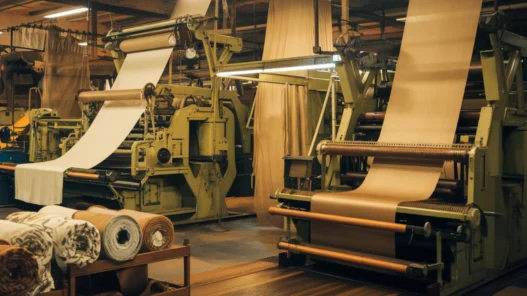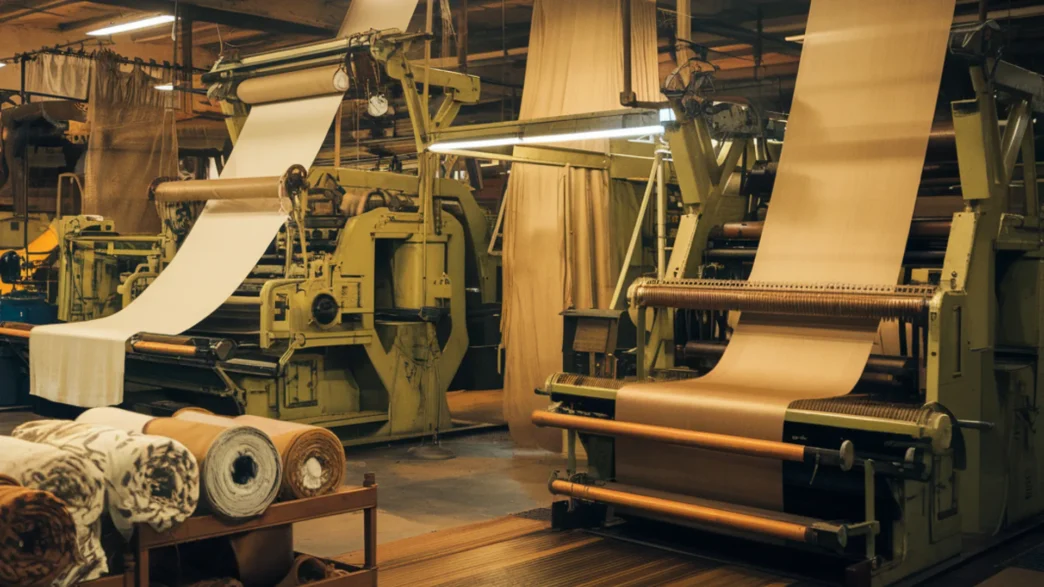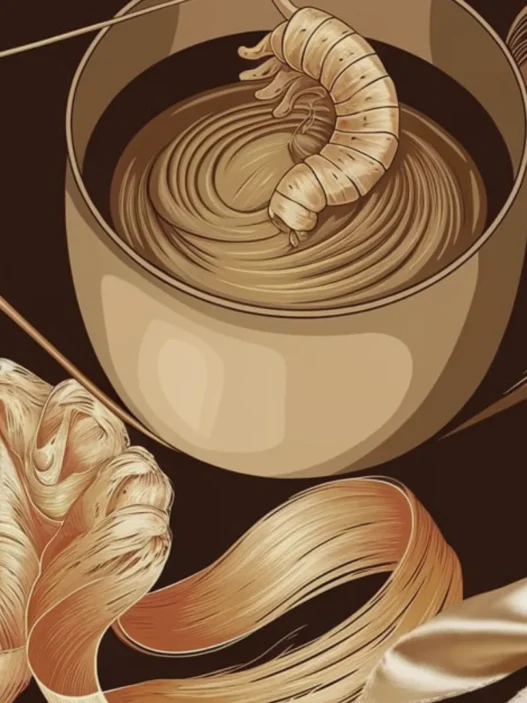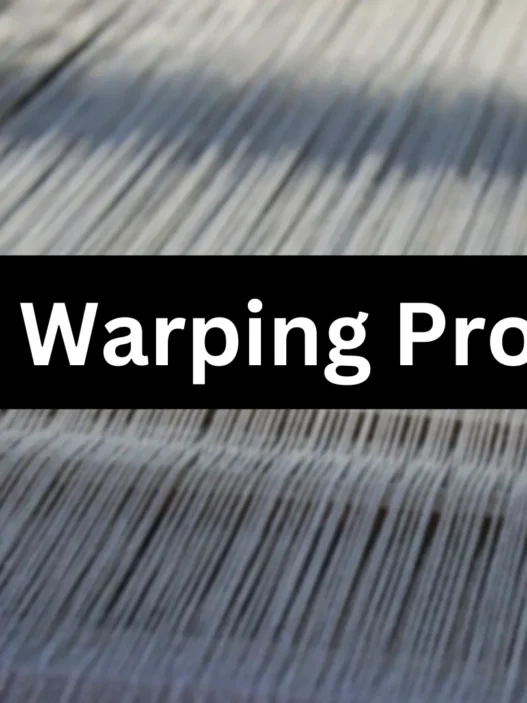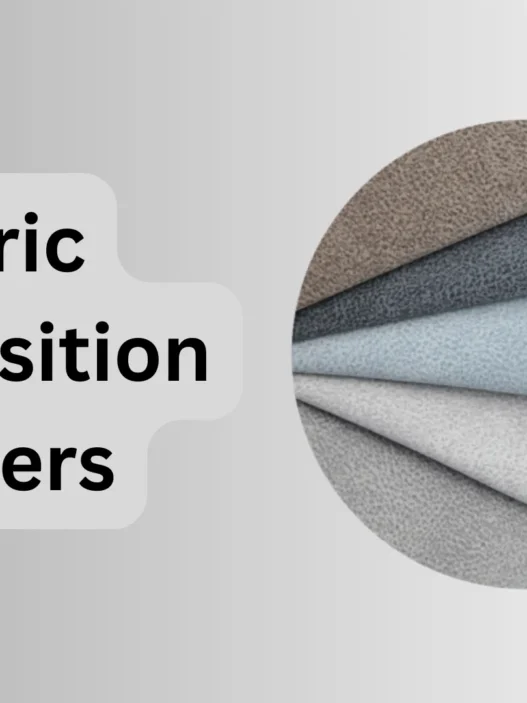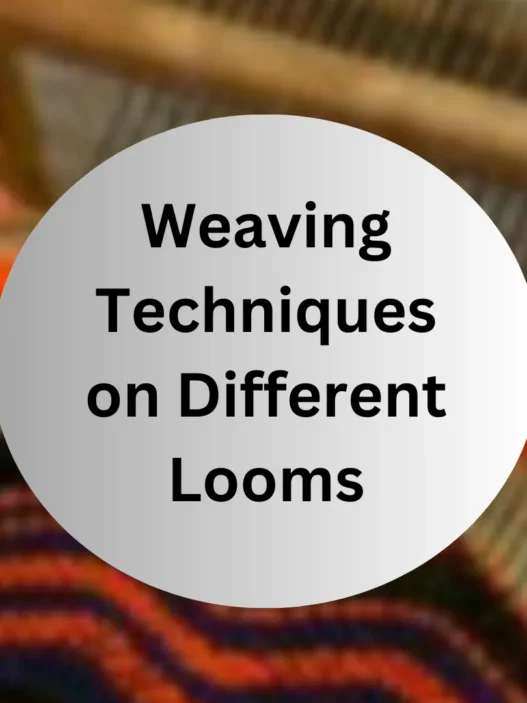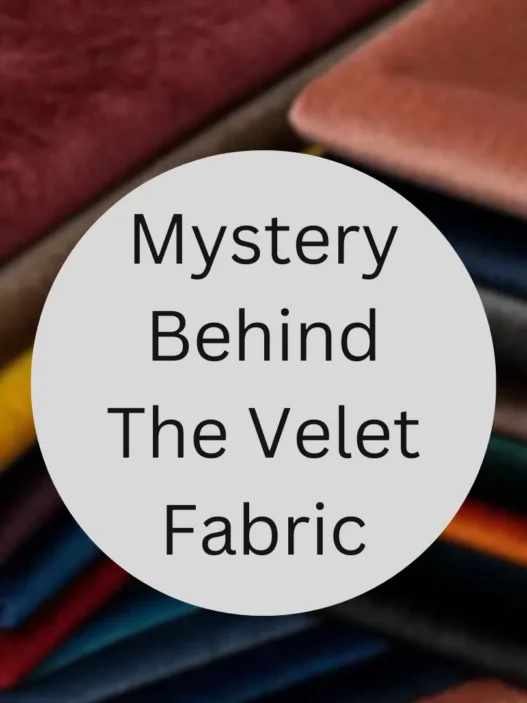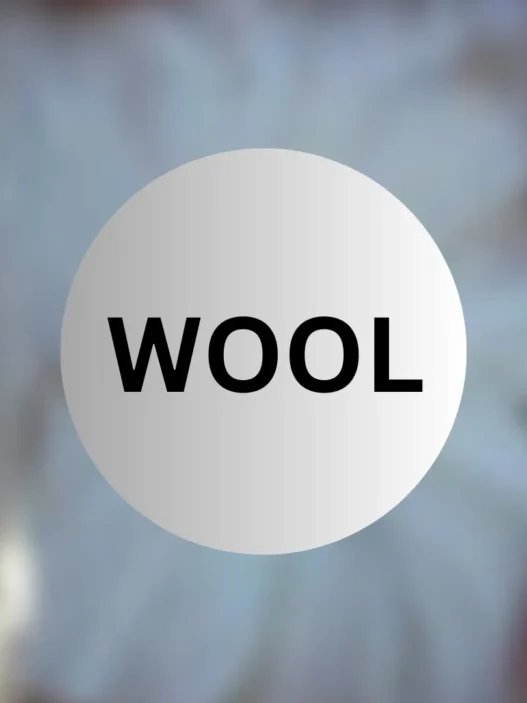It is a fascinating, multi-step journey from raw fiber to finished fabric. Texture manufacturing unites artistry, science, and innovation by intertwining the artwork with the sciences.
Surprise! In this article, we will unveil the secret behind how fabrics are created and how raw materials are turned into the fabrics we wear daily. Ultimately, you will be amazed at how simple pieces of cloth are made.
Step 1: Preparing Materials for Use and Harvesting Raw Materials
The journey begins with fibers, either natural or synthetic. Each type involves special processes that are provided to prepare for the next step.
Natural Fibers
- Cotton: It is either hand- or machine-harvested and then ginned to remove the fiber from the seeds. After that, all cotton that has been milled is sent to textile mills.
- Wool: During the molting season, sheep are shorn. They are then washed, sorted by fiber quality, and baled for transport to the market.
- Silk: Silk threads are obtained from silkworm cocoons, then unwound and spun into fibers.
Synthetic Fibers
Petroleum or other raw materials, such as polyester and nylon, are used to make synthetic fibers. These fibers are processed into polymer resins, extruded into filaments, and spun into yarns of various weights and textures.
Step 2: Spinning Fibers into Yarn
The second procedure is spinning, in which raw fibers become continuous strands of yarn.
- Carding and Combing: They are turned from fibers, and all match in alignment.
- Twisting: Fibers are drawn out, spun on spinning machines, and twisted into yarn. The strength and texture of the yarn depend upon the twist.
- Plying: Twisting two or more strands for stronger and better balance.
Step 3: Weaving or Knitting
Weaving
The fibers in weaving (2 warp and w1 weft) are interlaced on a loom by the weaver, who produces fabric.
- Tight Weaves: Denim and canvas have close-spaced threads used for durability.
- Loose Weaves: For a lighter texture, allow a house to be made of things like tulle with open spaces.
Cotton, wool, and silk are popular woven fabrics.
Knitting
The interlocking loops of yarn used to knit usually make stiff and elastic fabrics. Knitting machines automate the process of generating jerseys, fleece, and satin fabrics.
Step 4: Finishing the Fabric
The fabric is then treated to add appearance, durability, and functionality to its appearance.
Dyeing
Royally colored with natural or synthetic dye.
- Piece Dyeing: It is woven and then dyed.
- Yarn Dyeing: Before it is woven, the yarn is dyed.
Printing
Print methods such as screen printing, roller printing, and digital printing add patterns or designs to fabric.
Finishing Treatments
- Mercerization: It will enhance shine and dye absorption in cotton.
- Waterproofing: This is added for water resistance in such fabrics as canvas.
- Wrinkle Resistance: It treats fabrics so that they retain a smooth appearance.
Step 5: Packaging, Inspecting, and Shipping
Once the fabric is finished, quality control is performed through industry standards.
- Inspection: Strength, colorfastness, and uniformity are tested on fabric.
- Packaging: It is then rolled, folded,d and labeled for distribution.
- Shipping: This is where the textiles are packaged and sent to manufacturers, retailers, and consumers worldwide.
Conclusion
Textile manufacturing is an art. The precision with which each step of harvesting, spinning, weaving, and finishing is done is superb. When you slip into a soft, cozy sweater next time or gaze admiringly at a gorgeous printed dress, stop and think about the incredible path. Every piece of fabric is based on a combination of tradition, technology, and craftsmanship to keep the world of fashion floating.
Olivia Hart is a business analyst passionate about entrepreneurship, providing insights and strategies for startups and established companies alike.








